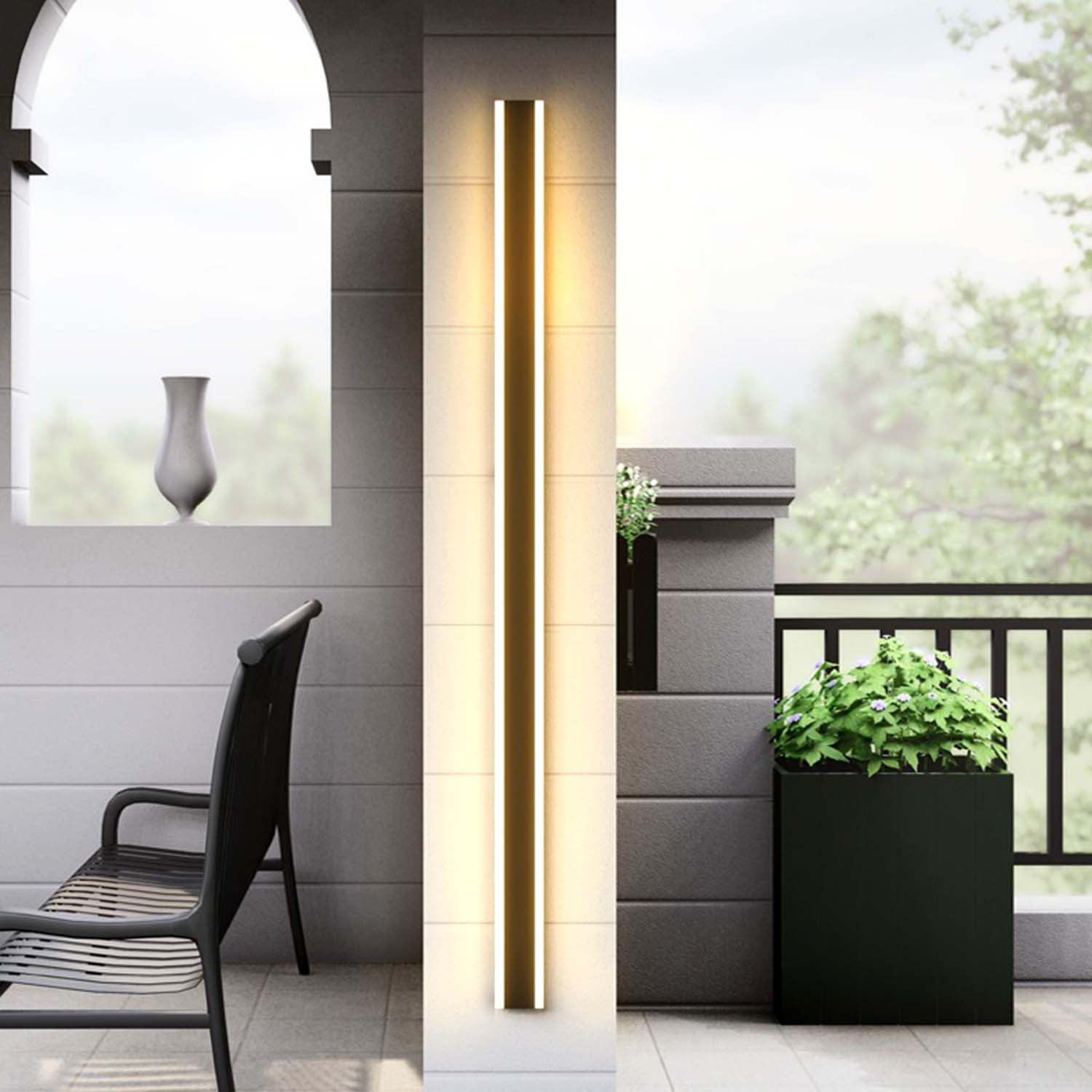Understanding the Impact of Luminance Contrast Levels on Perceptual Clarity and User Response
Wiki Article
Comparison ratios are an critical concept in visual design and individual perception. They refer to the difference in brightness between the lightest and deepest parts of a graphical display. A higher contrast ratio means that there is a greater differentiation between bright and dim areas, which can significantly affect how clearly we perceive images, text, and other visual components. This is particularly vital when addressing how people with varied visual abilities perceive information. Understanding brightness ratios helps designers create more effective displays, whether for webpages, advertisements, or educational content.

The importance of contrast ratios can be seen in multiple contexts, such as televisions, computer screens, and smartphones. In these devices, a elevated brightness ratio enables sharper visuals and more legible text. For instance, when viewing a movie or engaging in interactive media, high visual separation can improve the user experience by making elements more distinct. This is also true for reading typography on displays; a pronounced difference between the text color and background color can reduce visual fatigue and improve readability. As users interact with digital media daily, creators must emphasize ideal contrast ratios to ensure ease and legibility.
Different populations may perceive contrast ratios in distinct ways. For individuals with sight limitations, such as color vision click for more deficiency or low vision, adequate contrast is essential for comprehending content displayed visually. Content creators must account for these variations when creating content. Tools like contrast analysis tools can assist evaluate whether the selected colors offer enough separation for all viewers. By maintaining proper contrast ratios, designers not only make their output inclusive but also reflect universal design in their creations.
In relation to inclusivity considerations, contrast ratios play a key role in aesthetic appeal and overall user experience. A thoughtfully crafted layout uses color combinations that not only draw focus but also lead visitors through content effectively. For instance, highlighting key controls or elements with distinct hues enables users navigate easily. When viewers are able to distinguish between different elements on a screen, they are more likely to interact with the content and complete tasks efficiently.
Finally, as digital innovation continues to advance, the relevance of comprehending visual contrast principles remains critical. Advancements in browse around this web-site screen technology offer possibilities for even better image sharpness. However, without thoughtful attention of how visual differentiation influences user interpretation, developments may not achieve their full effectiveness. Visual professionals and technologists must remain updated about standards concerning visual contrast to guarantee that their designs stays impactful and user-friendly across various platforms and devices. By prioritizing these principles, they can enhance communication and build a more accessible online environment.